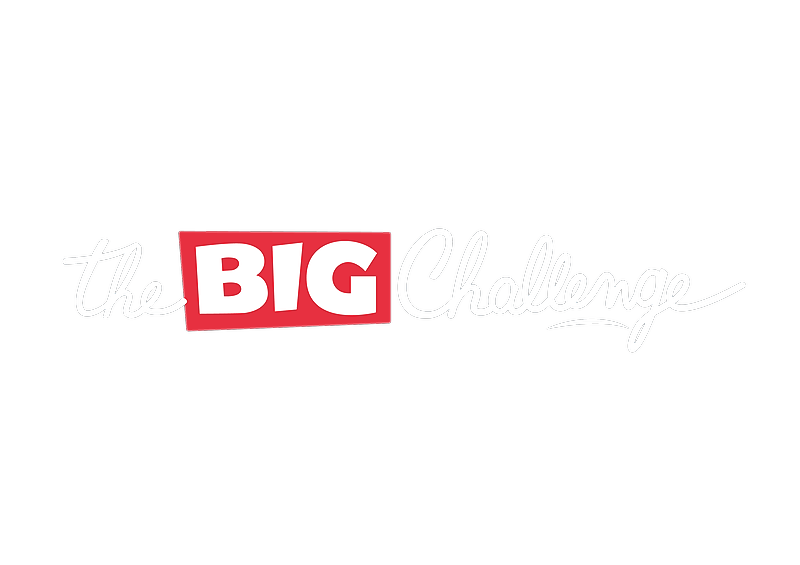If you are able to eliminate one or two "wrong answers" and then hesitate between the remaining two, you should answer at random. Otherwise, it's better not to answer.
If you apply this method throughout the questionnaire, you're bound to win in the end. A student who fills in an entire grid at random will have a final mark close to zero with our marking system. With a one in four chance of getting it right (and therefore scoring 4 points) and losing a quarter of that score (1 point) every time they get an answer wrong, they will statistically arrive at a total close to zero.
On the other hand, a student who is not sure which of the four possible answers is right, but who is able to eliminate two wrong answers by thinking, for example, will be favoured because he will have a 50/50 chance of getting it right and will still only lose one point if he is wrong. But it's only because they've thought through the different possibilities first that they'll have a better chance.
And ultimately that's what we want: for students to learn to think before they answer!
